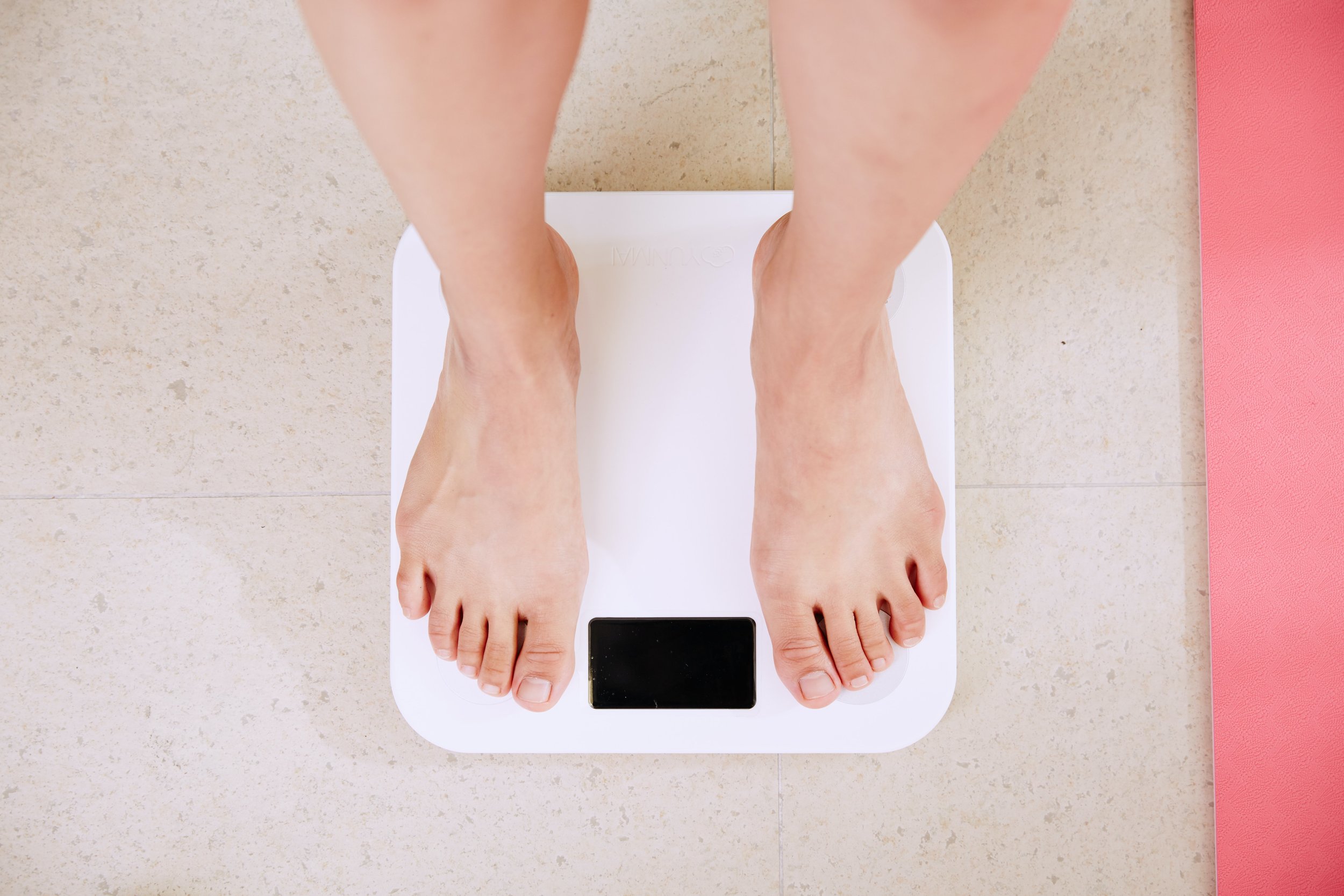Is Your Workplace Weight Loss Challenge Causing More Harm than Good?
/It’s the time of year for weight loss. Social media feeds are full of diets and 30-Day Challenges. Gyms are bursting at the seams. Many organizations are running New Year’s weight loss challenges. With weekly weigh-ins and prizes for those who lose the most weight. In this article I share why despite these organizations’ good intentions, weight loss challenges have a negative impact on health, and perhaps employee morale.
Many workplace weight loss challenges are inspired by the Biggest Loser reality TV show that started in 2004 and ran for 17 years. It made for popular TV. But is it really how best to lose weight? Not according to the scientific literature.
Impact of The Biggest Loser on Metabolism
A research study followed-up with 14 Biggest Loser contestants 6 years after they participated in the show. One participant had lost weight since the show. Five stayed at a similar weight. The remainder gained a significant amount of weight (average of 90lbs). The weight regained was fat (not muscle). What’s more important than the weight regain is the long-term impact on metabolism that participants experienced. Six years after participating on the show, participants’ resting metabolic rate was 704 ± 427 kcal/day lower (that includes both people who kept the weight off and those who regained the weight). That means that their metabolism had slowed down by 700 calories per day. In other words, they need to eat 700 calories per day less than a parson of the same weight in order to maintain their current weight. 700 calories is a lot – we’re talking a whole meal. While this is a small study, it showcases what other research has found regarding the impact on metabolism from strict calorie restriction. Since the Biggest Loser TV show has had such an impact on our culture, as the inspiration for these types of workplace “wellness” programs, I want to highlight its long-term, negative impact on the participants. Why it’s not something that you want to use as inspiration.
Most People Regain Weight
Unfortunately, The Biggest Loser participants’ experiences aren’t unique. Their experience of regaining the weight is typical for people who go on diets/ short-term programs. Research shows that only 20% of people who initially lose 10% of their body weight, maintain that weight loss 1 year later. Only 20%! And, we’re only talking about a 10% weight loss which isn’t even all that dramatic. Definitely not Biggest Loser style. For example, if you weigh 250lbs, we’re talking losing 25lbs. Now imagine that your doctor recommended that you start taking a medication. But that the medication has an 80% chance that it won’t have any impact on your health condition that you’re looking to treat. And, if you happen to be a part of the lucky 20%, it will only have a small positive impact. Oh, and don’t forget, whether you end up being in the 80% majority or the 20% minority, the medication has life-long, life-changing, negative side-effects. If I was a betting woman, I’d bet that you’d question whether there was a more effective option.
Anti-DEI
Another problem with workplace weight loss challenges is that they assume that all participants have an equal chance of winning. This just isn’t true. For decades, the scientific literature has shown that weight isn’t as simple as calories in and calories out. In contrast, to quote from Obesity Canada “obesity is a chronic disease caused by the complex interplay of genetic, metabolic, behavioural, and environmental factors”. In other words, it’s simply not fair to pit the single, 25 year old guy with no kids against the 51 year old, post-menopausal, single mother, who had her “thrifty gene” turned on because her grandmother experienced famine. To speak frankly, in our current world where there’s an acknowledgement of the lack of even playing fields for people and focus on diversity, equality, and inclusivity, I’m shocked that these weight loss challenges continue.
Ignoring DEI. Setting people up to fail. Contributing to long-term, negative physical health impacts. I don’t think that it’s a stretch that this well-meaning employee “wellness” event has a negative impact on employee morale.
What to To Instead of Workplace Weight Loss Competitions
So, what’s the alternative? Do nothing? In short, no. I recommend taking inspiration from established best practices and clinical practice guidelines. Current clinical practice guidelines for obesity have taken the emphasis off of weight loss as the primary measure of success. The focus now is on individualized solutions and helping people adopt long-term, healthy habits. Instead of employee weight loss competitions, create wellness programming that supports healthy habit formation. And, provide one-to-one nutrition counselling to ensure that the changes that employees are making actually support their health.
Are you responsible for workplace wellness programming at your organization? Use this link to book a consult call with me to explore whether your workplace wellness program is up-to-date with the current scientific evidence for what promotes health. Or, let your workplace wellness committee know about us.
Photo credit: I. Yunmai on Unsplash
Workplace Weight Loss Challenge References
Wing and Phelan. Long-term weight loss maintenance. American Journal of Clinical Nutrition. 2005.




